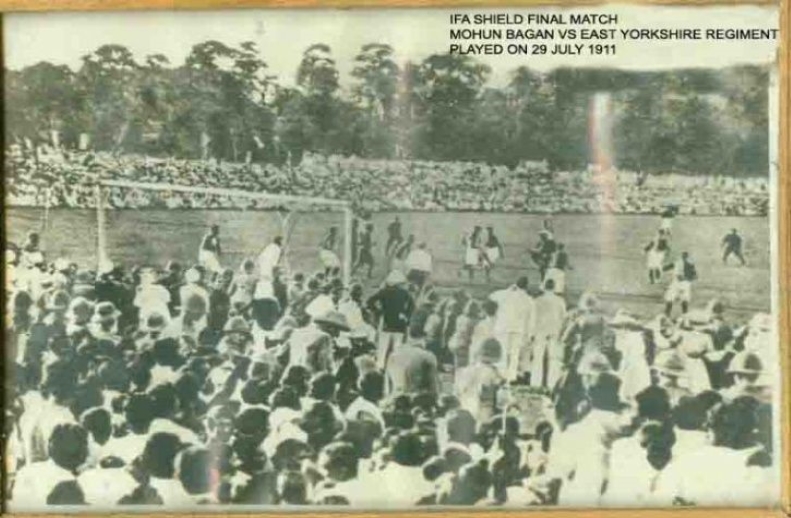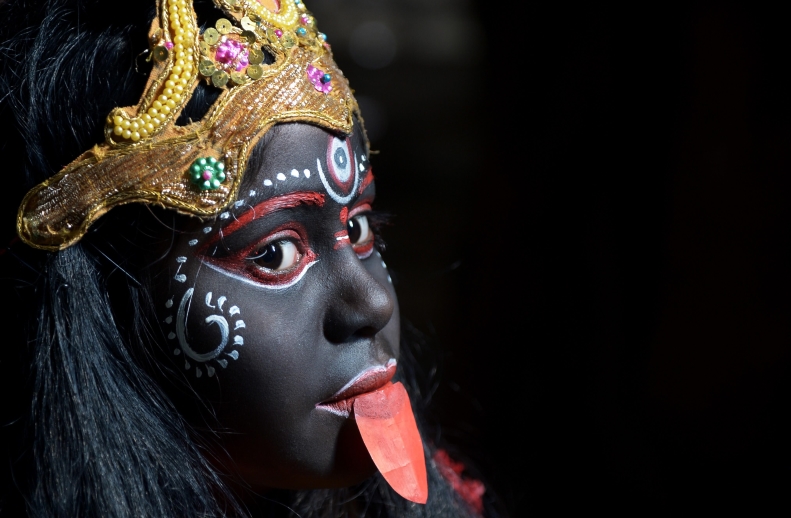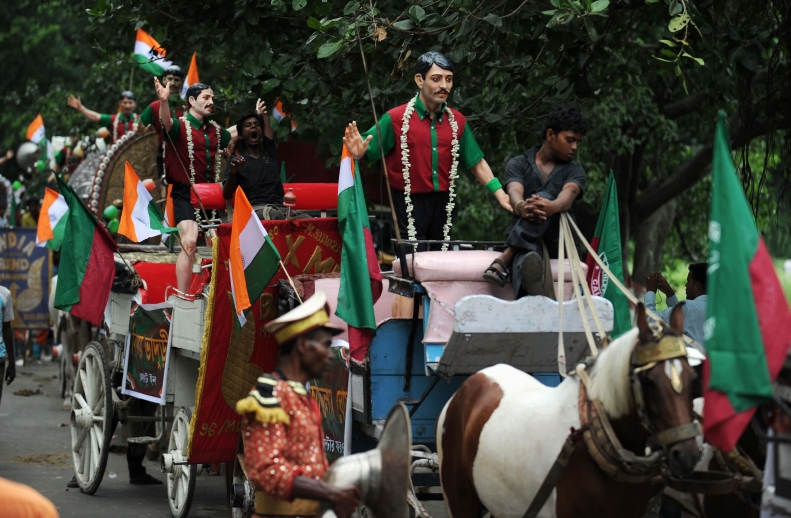The Immortal XI
How a Football Club Inspired India’s Struggle For Freedom
Alongside the cultural imports of violence and subjugation, the 19th century witnessed Great Britain's rapid expansion of power thrust football upon the Indian subcontinent.
Popularised through British Regimental and Missionary teams, by the early twentieth century football had become a common feature of social intercourse between rulers and ruled.
Akin to many colonial practices, the sport was drenched in discrimination. The first Indian Football Federation in the state of Bengal barred Indians altogether until the 1920s, while the countries annual tournament, the Indian Football Association Shield, was dominated by British army teams, with participation amongst Indians decided amidst the discretion of the ruling class.
More crushing than defeat, prior to now infamous 1911 tournament, the losses of Indian teams seemed to reaffirm the colonial constructions of Indian inferiority and only added to the brunt of British discrimination.
However, in 1911, under the disciplinarian methods of coach Sailen Basu, Kolkata’s oldest Indian club Mohun Bagan Athletic Club had gained a well-established reputation.
The Shield provided an opportunity for a club carrying the revolutionary cause of an oppressed nation to momentarily liberate themselves from the physical and psychological humiliation at the hands of the British.

The tournament saw the Bengali boys embark upon an incredible run. Exceeding expectations, they gained momentum by defeating heavyweights of the day such as St. Xavier, Rangers, Rifle Brigade and the Middlesex Regiment to reach the final.
While Bengali youths rode rejuvenated waves with undaunted spirits all the way to the final, fearing further embarrassment, the British were not amused.
On the morning of the final, the players of Mohun Bagan began their preparations in unlikely settings. The all Indian club could be found seeking the blessings of Hindu goddess Kali inside the serenity of the Kalighat Temple.
They called upon the goddess, seen as the one who bestows liberation, for divine protection. For their opponents that day, the East Yorkshire Regiment of the British Raj, were no more than their colonial masters.
The significance, contemplated local newspaper The Nayak, of an improbable victory would fill “every Indian with joy and pride to know that the rice-eating, malaria-ridden bare-footed Bengalis have got the better of beef-eating, Herculean, booted John Bull in that peculiarly English sport.”
On the morning of the Indian Football Association Shield Final in 1911, the players of finalists Mohun Bagan Athletic Club began their preparations in unlikely settings. The all Indian club could be found seeking the blessings of Hindu goddess Kali inside the serenity of the Kalighat Temple.
They called upon the goddess, seen as the one who bestows liberation, for divine protection. For their opponents that day, the East Yorkshire Regiment of the British Raj, were no more than their colonial masters.

The game underway, the barefooted Bagan matched the booted men from Yorkshire upon the hard and dry turf. Long balls from the Yorkshire men prompted cordial clapping from the English ladies while counter attacks from Mohun reigned thunderous roars from the side’s twelfth man.
15 minutes into the second half, a free kick from Sergeant Jackson sent the regiment into the lead and the raucous crowds into silent dismay. The Bagans however, responded almost immediately. Captain Shibdas Bhaduri made honours even five minutes later to keep hopes alive.
In the dying embers of the game’s final exchanges, Mohun’s Abhilasha Ghosh pounced onto his captain’s through ball and directed a powerful shot, producing a moment of euphoria.
Thunderbolt like crackers filled the then Calcutta sky, as shirts, sticks and shoes littered the pitch. The victory was sealed and the shield was Bagan’s.
The hasty exit of the Englishmen was sound-tracked by a chorus of “Mohun Bagan ki Jay” (Hail Mohun Bagan). In its cablegram to England, Reuters News Agency reported that “the scene beggared description, the Bengales tearing their shirts and waving them.”
Upon exiting the field, star of the victory Krishnamohan Chatterjee was asked by Hindu Brahmin: “You have now beaten the English on the sporting field. When will you help bring down the flag fluttering there?” pointing toward the Union Jack flying over the headquarters of the British garrison in Calcutta.
The response: the flag would come down once Bagan repeated the incredible triumph.

The victory left every Bengalese person carrying their head high in the knowledge the barefooted Bengali footballers had overcome the booted soldiers of the King.
The once relatively unimportant pastime came to be viewed as a uniting social force, symbolising a common language amongst Indians, irrespective of class, creed, community or religion, while injecting confidence into the cause of Independence by disproving the invincibility of the British.
By December that year, the Raj bowed to increased pressure to reverse the partitioning of Bengal, subsequently relocating its capital from Calcutta to New Delhi to retain a grip on its waning power.
The victory remains one of India´s most celebrated sporting moments. As for the Union Jack, it would remain until 1947, the year Mohun Bagan would regain their hands on the coveted shield.
A century later, that team is still fondly remembered as ‘The Immortal Eleven’. Every year, the club celebrates the day as Mohun Bagan Day and hands out the Mohun Bagan Ratna to distinguished personalities from Indian football.